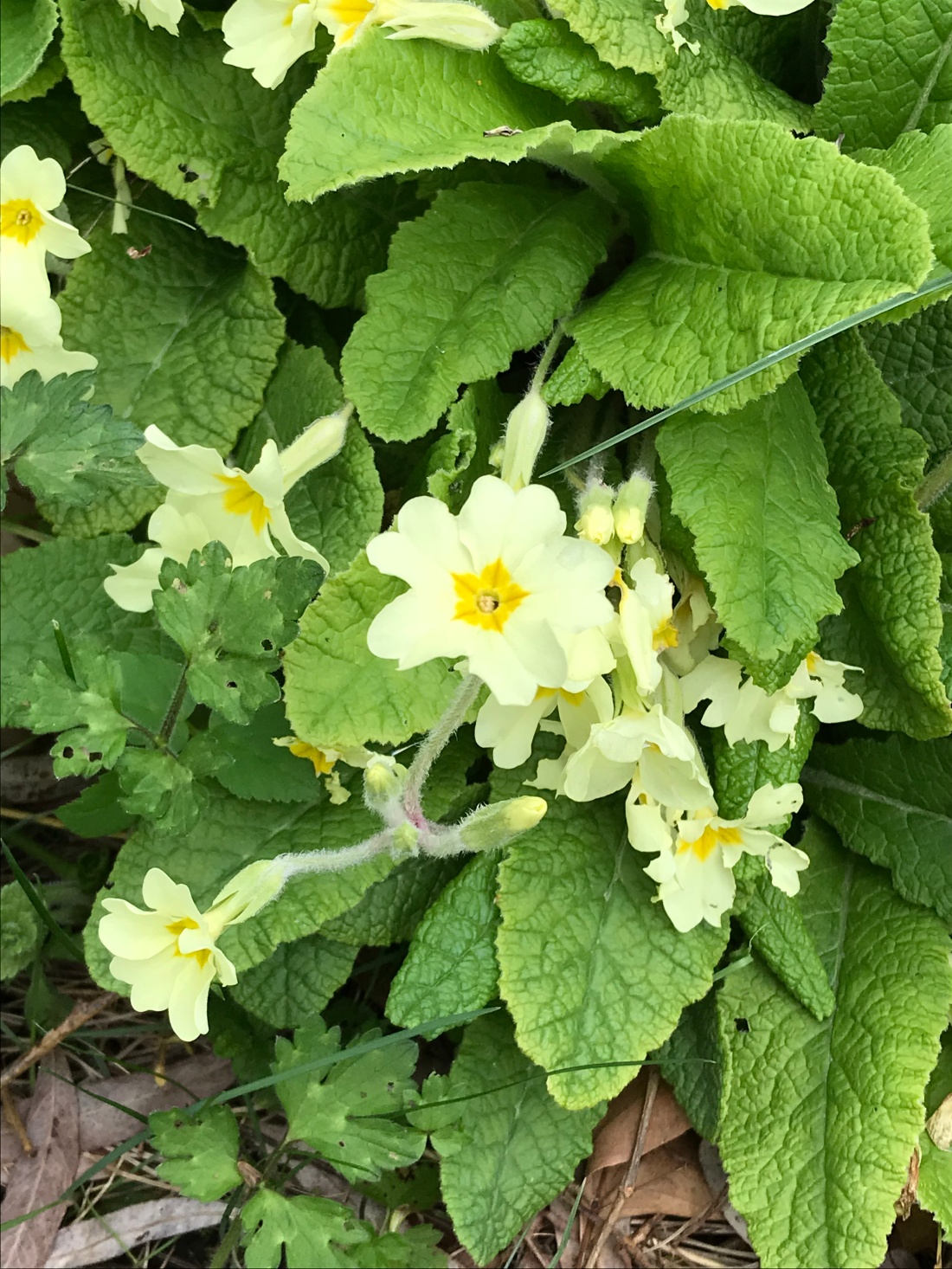If ever a plant suffered an abusive relationship, it is the primrose. No sooner than it has been praised for being the ‘first rose of the year’, it is damned as common. It is common, when left in peace, and the world is better for it, as it is a flower of beauty and tranquillity. Primula vulgaris has an extraordinary range extending from the Faroe Islands in the far north to Iran in the southeast. This suggest to me that it has been around for a long time and that its endurance is a function of its adaptability. It finds its niche, wherever it finds itself.
I believe it was de Girardin, Rousseau’s last pupil, who wrote that all gardens should be like woods and all woods like gardens. It is a maxim which fills my mind with images of bluebells under silver birch: I am a man of the north, after all. I remember a walk which a friend initiated many years ago to Routing Linn in Northumberland, England. He wanted to show us the cup and ring carved stones and the waterfall there. As we walked from the carpark to his destination, we passed through the ditches and ramparts of an Iron Age fort. It had been reclaimed by the wild, and the curving banks of turf were densely carpeted with blue bells whilst the native birch rose airily above them. As a gardener, I so often look at a ‘natural’ landscape and start re-organizing it for better balance, harmony, or emotional effect. There was nothing to be done: it was the perfect composition and I was stopped in my tracks. The waterfall is unremarkable, but I may be unkind, as nothing could compete with the silver bark rising from the cerulean ground. Primroses are like that too; they are unexpected and surprising. Yesterday, I was walking around, looking for my subject. We saw some primroses which looked lovely, massed on a bank under a hedge. As I drove home, along a road which scoured the chalk downs twenty years ago when it was made, Primula vulgaris had colonised the broken stone on each side of the carriageways, softening the violence we had forced on the earth. I took the hound Floyd out for his last pee of the day and, under the hedge, primroses. Do dogs have aesthetic appreciation? I think so; I have seen him enjoy a landscape, and he will make eye contact with me in a mirror although he doesn’t find it as fascinating as I do. He appreciated the flowers in his own way. Vive la difference!
Primroses are such a gentle yellow, but perhaps context is everything. Paint a room primrose yellow, and it will feel cold – the yellow has too much green within it. Yet outside, under the sun, it feels soothing, especially when compared to the donkey-bray of the daffodil trumpeting nearby. In the British Isles they often associate with dog violets, particularly on sunny banks under trees, and the soft violet of the one and the primrose yellow of the other are perfect companions. Primroses, like most flowering plants, are hermaphroditic, but the primrose has an unusual strategy to discourage self-fertilisation and encourage variety. It is known as pin and thrum. Some plants have pin flowers which hold the capita of the style prominent whilst in thrum flowered plants the stamens are uppermost. The style is the female organ whilst the stamens are male. The fertilising insect will encounter one or other of the organs first, depending on the flower. The genes mix accordingly.


Some are common, but certainly not all. We have the fancy garden varieties, but I am not certain if we have the straight species of Prumula vulgaris available.
LikeLike